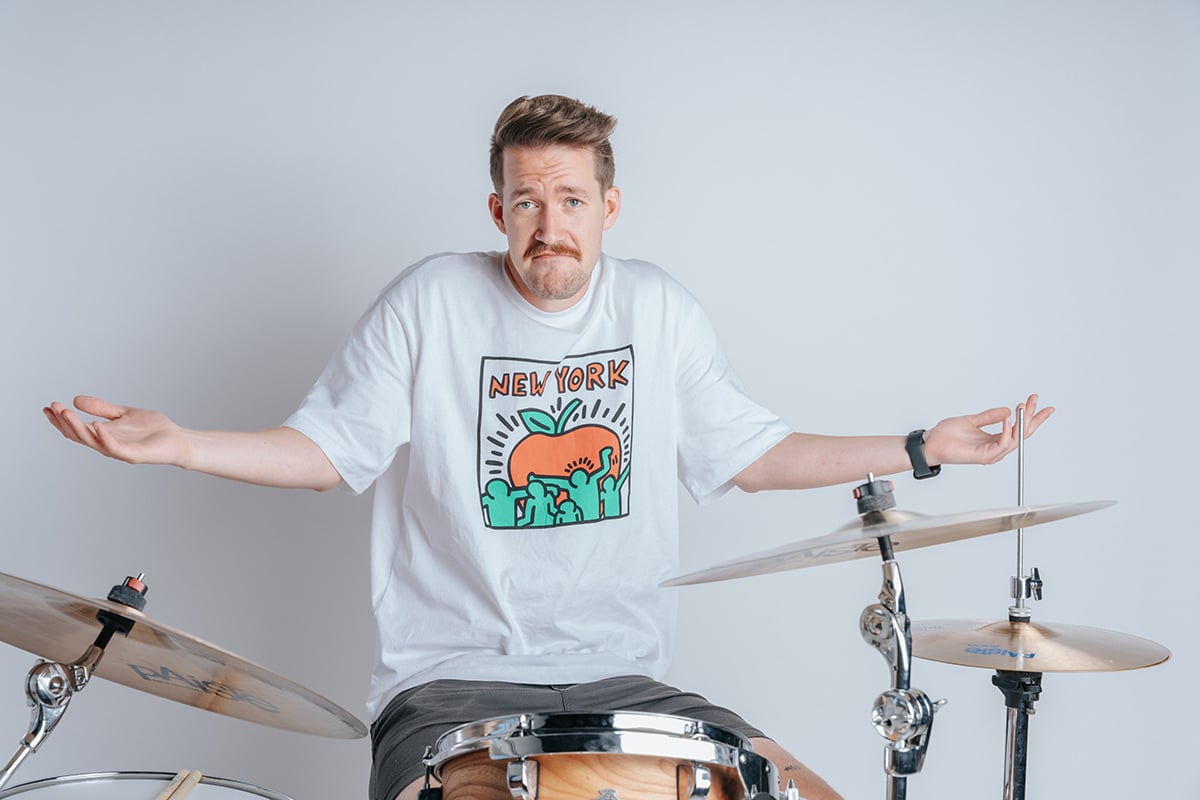
Whether you’re a new drummer or you’re looking to brush up on your knowledge, this glossary of terms will help you get familiar with modern lingo and feel more confident behind the kit.
You probably aren’t here to browse through over 100 words about drumming, so get that Ctrl+F (or ⌘+F) going and find the definitions you’ve been confused about!
Edited by Sam Landa, Content Marketing Manager at Drumeo
Drumeo Team - We're professional, award-winning drummers and drum teachers, coaches, recording artists, and content specialists who are passionate about drums and helping drummers around the world. This post was written and/or edited by Sam Landa, Brandon Toews, Jared Falk, Dave Atkinson, or another pro on our team (which has a combined 1000+ years of drumming experience). Are you looking for inspiration, education, and support to take your playing to the next level? Join the Drumeo community today!


By signing up you’ll also receive our ongoing free lessons and special offers. Don’t worry, we value your privacy and you can unsubscribe at any time.
We use cookies for traffic data and advertising. Cookie Policy »